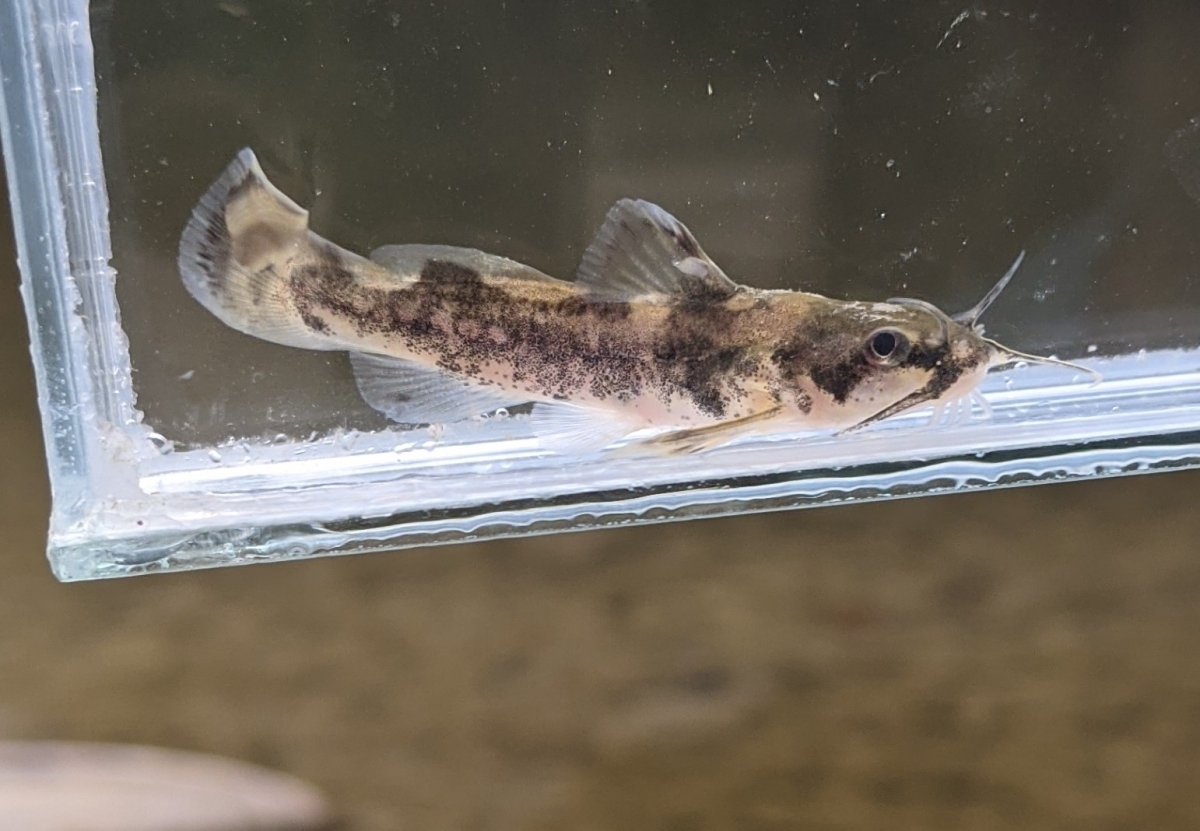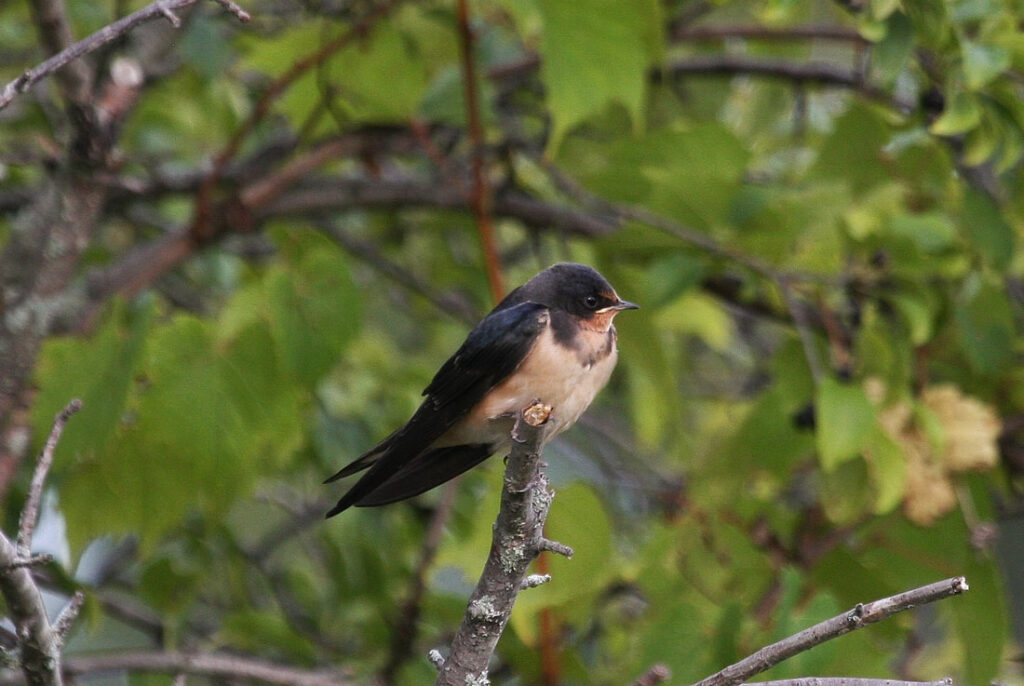
Jaime Grimm, Key Biodiversity Areas Research Associate, Wildlife Conservation Society Canada
Published in the Biodiversity Education and Awareness Network blog.
Last year, we wrote about our work to identify Key Biodiversity Areas (KBAs) in Canada. These are places with exceptional biodiversity, and can be found anywhere from scenic wilderness areas, to roadside ditches containing rare insects or plants. KBAs highlight the broad biodiversity in Canada, celebrate the stewardship activities that have helped many of these areas to persist, and bring national and international recognition to places that are crucial for retaining and restoring biodiversity*. So far, we’ve managed to identify over 200 new KBAs across Canada, adding to a suite of known spectacular places like Important Bird and Biodiversity Areas (IBAs) that now fall under the KBA umbrella.
Several KBAs have also been identified in Ontario for freshwater species, including mussels in Eastern Lake St Clair; Northern Madtom, a fish in the Detroit and Thames Rivers; and a rare diving beetle only known from a few sites in the world.
But how do we gauge potential KBAs and what constitutes “expectional biodiversity”? To figure that out KBA Canada is ready to launch a broad-scale scoping exercise to identify all KBAs across Ontario.
In order for a site to be identified as a KBA, it must meet at least one of five criteria:
In addition, a site must meet a minimum quantitative threshold either by holding a large enough proportion of the species’ population or through the extent of an ecosystem it contains. For example, a site that is home to an endangered species must hold at least 0.5% of the species’ global population size to be a globally-recognized KBA or a similar percentage of the species’ national population to be a nationally-recognized KBA.
The first step to identify more KBAs in Ontario, which will be led by our new regional coordinator, will be to create a list of species and ecosystems across the province that may “trigger” a site to qualify as a KBA. Next, the coordinator will compile data about population sizes and distributions to calculate whether the site holds enough of the species or ecosystem to meet the threshold. Finally, maps of the sites will be created along with proposals for each potential new KBA, with these undergoing an extensive review by experts, land managers, governments and rights holders.
Throughout the entire process of identifying KBAs, we rely heavily on the expertise of local experts and knowledge holders who know the area and its biodiversity well. As this work commences in Ontario, we’re looking for partners and experts who would like to be involved. We’re also seeking information (including quantitative and spatial data) about potential sites. If you’re interested in learning more about the process and/or how to get involved, please visit our website at https://kbacanada.org/fr/ and get in touch with us.
*Identification of a KBA does not require any particular management response and does not affect access to land. Rather, it provides clear information about the value of the site. Information about KBAs can feed into management decisions of any kind, such as land use planning, protected area planning and local stewardship.



We have identified three potential KBAs triggered by the presence of Northern Madtom (Noturus stigmosus), a small catfish designated as endangered by the Committee on the Status of Endangered Wildlife in Canada. These KBAs in Lake St. Clair, the Detroit River and the Thames River are currently undergoing expert review. Credit: iNaturalist user maurer416
Hine’s Emerald (Somatochlora hineana) is a rare species of dragonfly found in across a few northern states in the USA. In Canada, the only known location of this species is the Minesing Wetlands, a potential Key Biodiversity Area. Credit: iNaturalist, Alex Harma
Barn Swallows (Hirundo rustica; listed as threatened by the Committee on the Status of Endangered Wildlife in Canada) are just one of many KBA trigger species at Long Point, Ontario – a site long recognized as a Important Bird and Biodiversity Area, now a KBA. This KBA holds an impressive 43 trigger species, 36 of which are birds. Credit: iNaturalist user nikookin